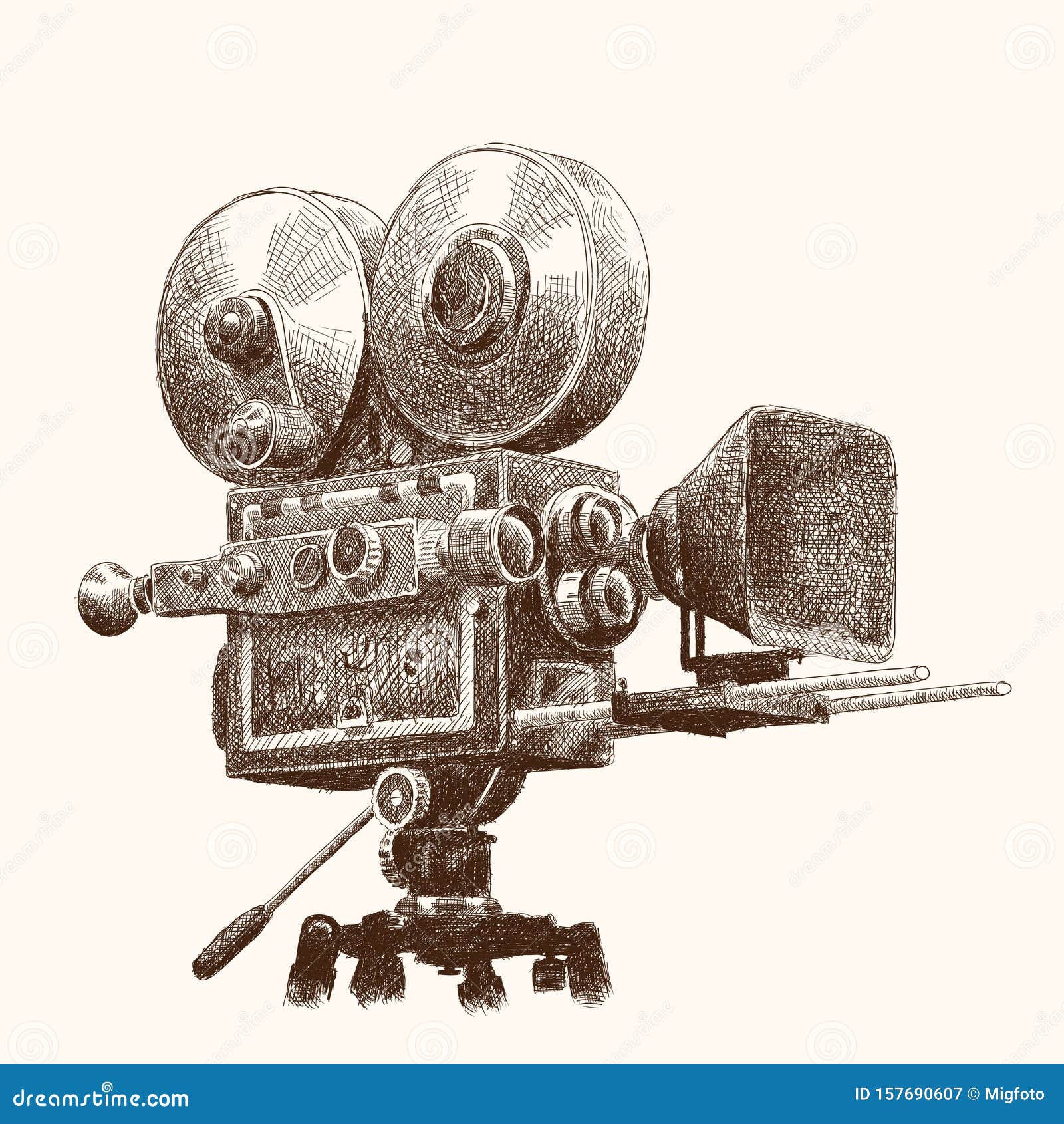
They range in price, design, and function-but each is a classic in its own way. If you're interested in giving film a try, whether it be for nostalgic reasons or simply to ignite a creative spark, we have a few favorites that are worth hunting down. Its fixed Fujinon 90mm f/3.5 lens is pin-sharp down to the minimum focusing.

The wonderful thing about an older camera is that it can use film that is superior in quality to what was available when it was new. The Fuji GW690III is a portable medium format rangefinder camera that produces sharp results thanks to its fixed lens. Fujifilm specializes in color slide films like Velvia and Provia, and Ilford's black-and-white film stocks are extensive, ranging in ISO speeds from 50 all the way up to 3200. Kodak's color negative films, especially Ektar 100 and Portra 400, are of better quality than any digital product that the company ever turned out, and its Tri-X black-and-white film is still the favorite of many a film aficionado. Voigtlander and Leica are actively producing 35mm rangefinders, and you can buy brand new medium format cameras from Fujifilm and Rolleiflex. Lomography churns out a number of film cameras, ranging from inexpensive toy cameras like the Diana F+ to more refined bodies like the Horizon Kompakt. For the older folks, there may be some nostalgia for cameras of old, whether it be a pocket point-and-shoot or a fully manual 35mm SLR.ĭespite digital's dominance, and Kodak's well-publicized financial woes, film is still alive and well in 2013. The idea of loading film and shooting without instant feedback of each shot is an alien one. If you're young enough, you may have only ever owned a digital camera. Photo Warehouse is trying to keep the Analog Lighthouse still beaming.



 0 kommentar(er)
0 kommentar(er)
